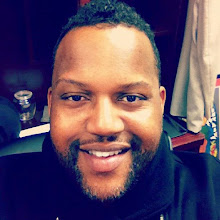An order by Burlingame schools Superintendent Sonny Da Marto in 2007 to take books out of the hands of schoolchildren landed him on an infamous list maintained by the American Library Association.
That list is an electronic compilation of book challenges and bans. That same year — when Da Marto stopped 116 eighth-graders in four English classes from reading "Kaffir Boy" by Mark Mathabane because a parent objected to a passage on Page 72 — there were 420 known attempts to remove books from classrooms and library bookshelves across the nation.
Today, the first day of Banned Books Week, American Library Association officials want the public to pick up a banned book — perhaps "Kaffir Boy" — and read it. Read it because it's available. Read it because our nation's First Amendment allows even the most painful and disturbing passages to run from an author's mind onto the printed page.
"The things that are challenged or banned are materials that say something," says Judith Krug, director of the office for intellectual freedom at the American Library Association, based in Chicago.
In Oakland, Banned Books Week is being observed with an art exhibit and public programs called "Banned and Recovered: Artists Respond to Censorship." The exhibit at the African American Museum and Library is one of two displays in the Bay Area that feature work by visual artists on the subject.







No comments:
Post a Comment